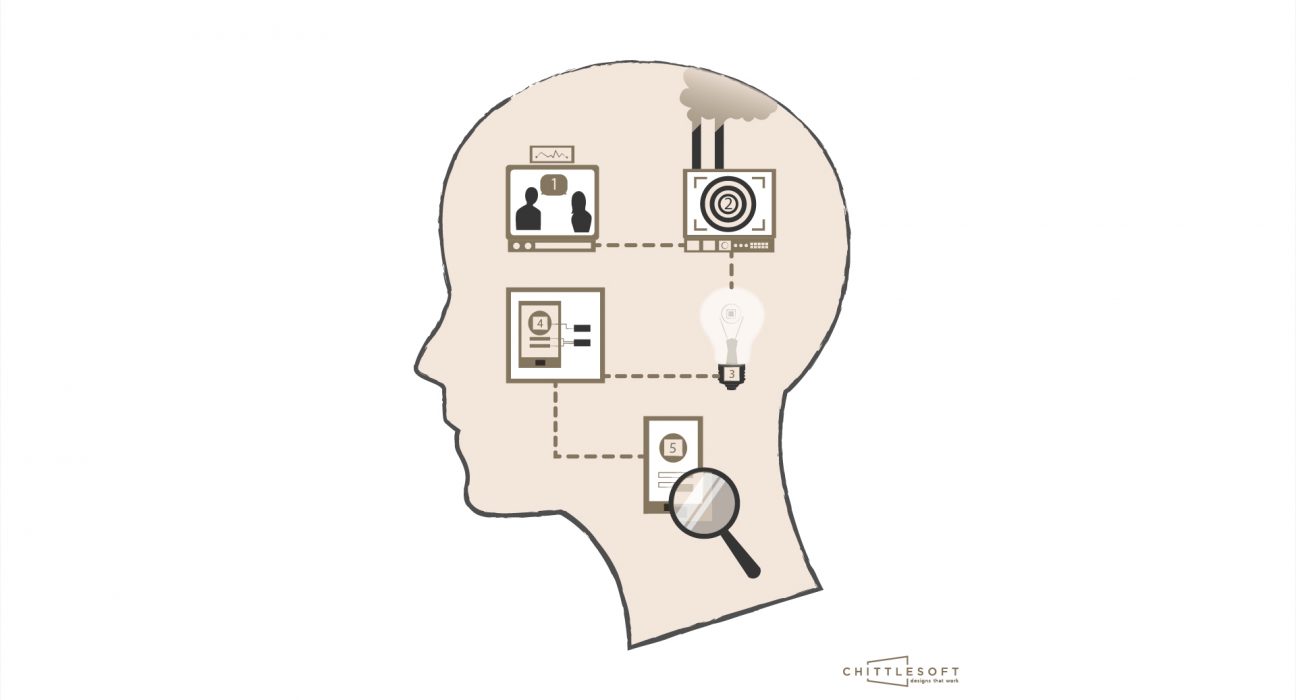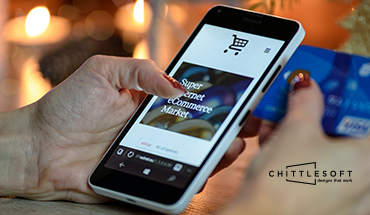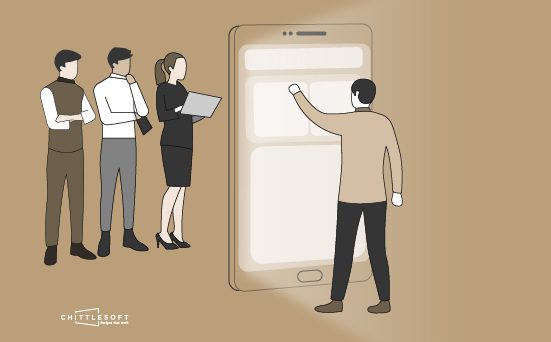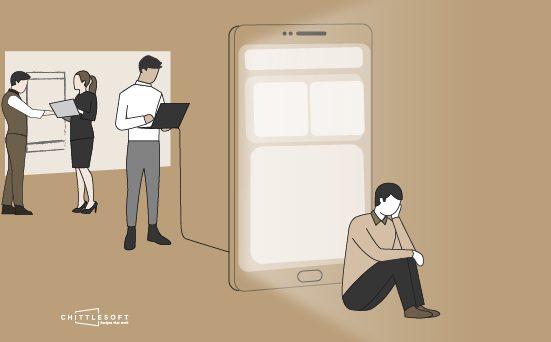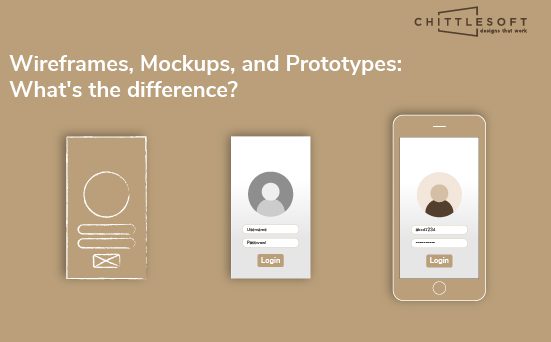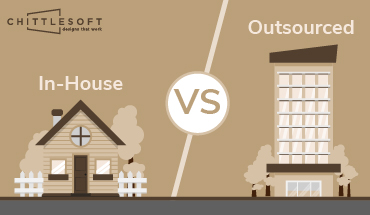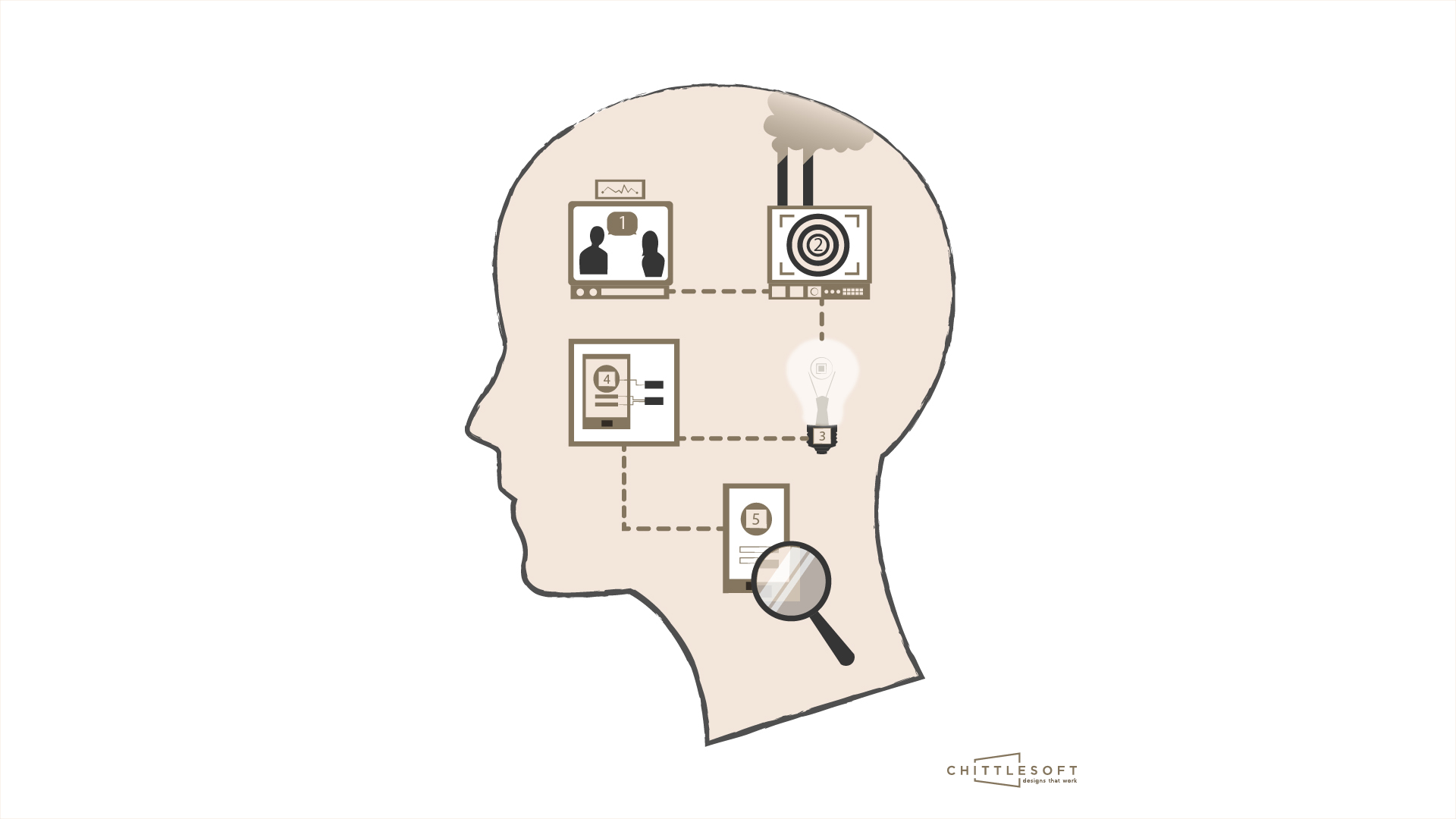
The term ‘Design Thinking’ is often associated with the global shift towards human-centered design (HCD). If UX design comes to mind now, you’re on the right track – it is one design discipline that uses a human-centered approach. However, HCD can be applied to many other types of design.
“Human-centred design is a framework that considers human perspectives throughout the design process.” – Francesca Elisia, Artist. (Source)
Keep this in mind as we go through the 5 stages of Design Thinking, as proposed by the Hasso-Plattner Institute of Design at Stanford (d.school).
-
Empathize
This stage will set the tone for your product. It involves understanding where your user is coming from, their mindset, and the constraints that will influence how they use your product. Empathy will help reduce biases in design and strengthen research. One way to do this is Empathy Mapping. One of our Graphic and Experience Design experts describes how you can go about that here.
-
Define
Here, you will need to write a problem statement to focus your work upon. Once you develop empathy for the user, you can identify the core problems to be solved. Include the following descriptions in your statement:
- Who the user is
- What the user needs
- Why the user needs it
-
Ideate
Now comes the fun brainstorming part. You can work come up with a range of solutions that address the defined problem statement. These can later be assessed and filtered, but make the most of this opportunity to think big.
-
Prototype
After you’ve selected your solution to the problem statement, it’s time to create a low-effort prototype that can be used in the testing stage. It should capture the essence of the product you are creating. One way to do this is a low-quality wireframe.
-
Test
It all comes down to this – the usability testing. Here you get to test your ideas on real, potential users. To do that, you will need to screen your users to make sure you’re getting feedback that’s correct and relevant. Ultimately, this will affect your conversion rates, so it’s important to prioritize this.
While this is a suggested, logical flow, in reality you might find yourself carrying out the process in a completely different order. You could view these 5 stages as 5 components, which you can assemble and move around as needed to help you create a product that demonstrates a solid understanding of the user. Sprouts explains this well here:
We’ll be looking at each one individually in the next few blogs, so stay tuned for a more in-depth look at these stages.
Getting your research right is essential to make this a successful process. Our experts can help you out here!
Many of our customers come to us in search of a good creative branding agency or digital design studio in Pune and then find all the design services they need under one roof. Learn how we use our design expertise to supplement your resources!


